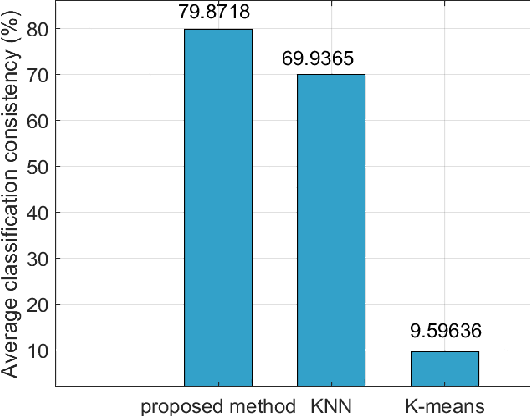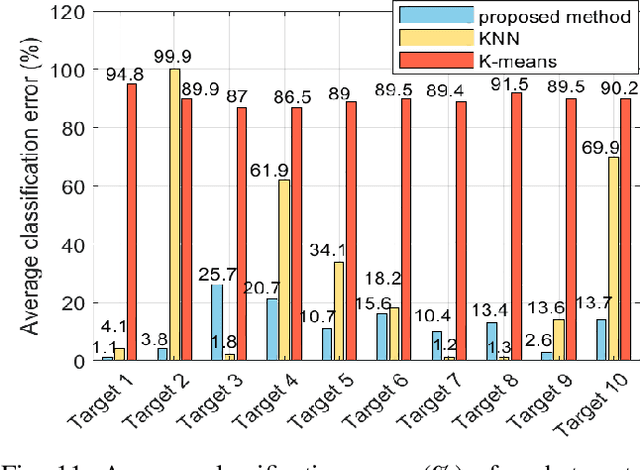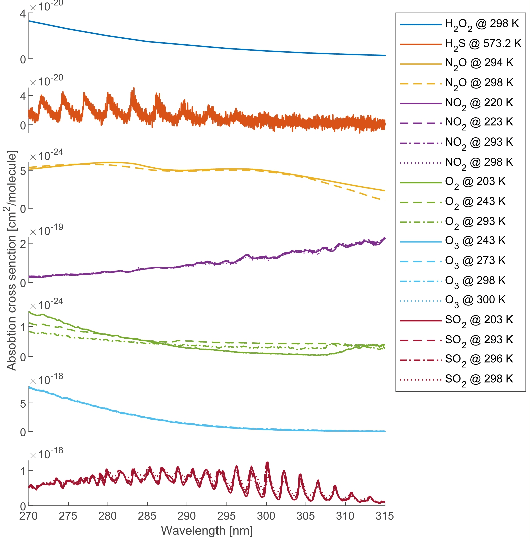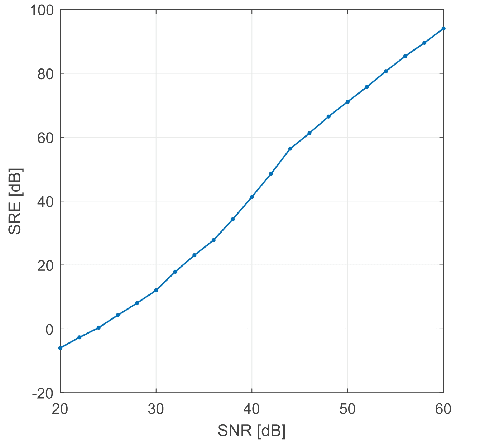Gaetano Giunta
EM-based Algorithm for Unsupervised Clustering of Measurements from a Radar Sensor Network
May 04, 2024



Abstract:This paper deals with the problem of clustering data returned by a radar sensor network that monitors a region where multiple moving targets are present. The network is formed by nodes with limited functionalities that transmit the estimates of target positions (after a detection) to a fusion center without any association between measurements and targets. To solve the problem at hand, we resort to model-based learning algorithms and instead of applying the plain maximum likelihood approach, due to the related computational requirements, we exploit the latent variable model coupled with the expectation-maximization algorithm. The devised estimation procedure returns posterior probabilities that are used to cluster the huge amount of data collected by the fusion center. Remarkably, we also consider challenging scenarios with an unknown number of targets and estimate it by means of the model order selection rules. The clustering performance of the proposed strategy is compared to that of conventional data-driven methods over synthetic data. The numerical examples point out that the herein proposed solutions can provide reliable clustering performance overcoming the considered competitors.
Classification Schemes for the Radar Reference Window: Design and Comparisons
Feb 16, 2023Abstract:In this paper, we address the problem of classifying data within the radar reference window in terms of statistical properties. Specifically, we partition these data into statistically homogeneous subsets by identifying possible clutter power variations with respect to the cells under test (accounting for possible range-spread targets) and/or clutter edges. To this end, we consider different situations of practical interest and formulate the classification problem as multiple hypothesis tests comprising several models for the operating scenario. Then, we solve the hypothesis testing problems by resorting to suitable approximations of the model order selection rules due to the intractable mathematics associated with the maximum likelihood estimation of some parameters. Remarkably, the classification results provided by the proposed architectures represent an advanced clutter map since, besides the estimation of the clutter parameters, they contain a clustering of the range bins in terms of homogeneous subsets. In fact, such information can drive the conventional detectors towards more reliable estimates of the clutter covariance matrix according to the position of the cells under test. The performance analysis confirms that the conceived architectures represent a viable means to recognize the scenario wherein the radar is operating at least for the considered simulation parameters.
Multiple Sub-Pixel Target Detection for Hyperspectral Imaging Systems
Jan 16, 2023



Abstract:Hyperspectral target detection is a task of primary importance in remote sensing since it allows identification, location, and discrimination of target features. To this end, the reflectance maps, which contain the spectral signatures and related abundances of the materials in the observed scene, are often used. However, due to the low spatial resolution of most hyperspectral sensors, targets occupy a fraction of the pixel and, hence, the spectra of different sub-pixel targets (including the background spectrum) are mixed together within the same pixel. To solve this issue, in this paper, we adopt a generalized replacement model accounting for multiple sub-pixel target spectra and formulate the detection problem at hand as a binary hypothesis test where under the alternative hypothesis the target is modeled in terms of a linear combination of endmembers whose coefficients also account for the presence of the background. Then, we devise detection architectures based upon the generalized likelihood ratio test where the unknown parameters are suitably estimated through procedures inspired by the maximum likelihood approach. The performances of the proposed decision schemes are evaluated by means of both synthetic as well as real data and compared with an analogous counterpart by showing the effectiveness of the proposed procedure.
Unsupervised Sparse Unmixing of Atmospheric Trace Gases from Hyperspectral Satellite Data
Jan 14, 2022



Abstract:In this letter, a new approach for the retrieval of the vertical column concentrations of trace gases from hyperspectral satellite observations, is proposed. The main idea is to perform a linear spectral unmixing by estimating the abundances of trace gases spectral signatures in each mixed pixel collected by an imaging spectrometer in the ultraviolet region. To this aim, the sparse nature of the measurements is brought to light and the compressive sensing paradigm is applied to estimate the concentrations of the gases' endemembers given by an a priori wide spectral library, including reference cross sections measured at different temperatures and pressures at the same time. The proposed approach has been experimentally assessed using both simulated and real hyperspectral dataset. Specifically, the experimental analysis relies on the retrieval of sulfur dioxide during volcanic emissions using data collected by the TROPOspheric Monitoring Instrument. To validate the procedure, we also compare the obtained results with the sulfur dioxide total column product based on the differential optical absorption spectroscopy technique and the retrieved concentrations estimated using the blind source separation.
 Add to Chrome
Add to Chrome Add to Firefox
Add to Firefox Add to Edge
Add to Edge